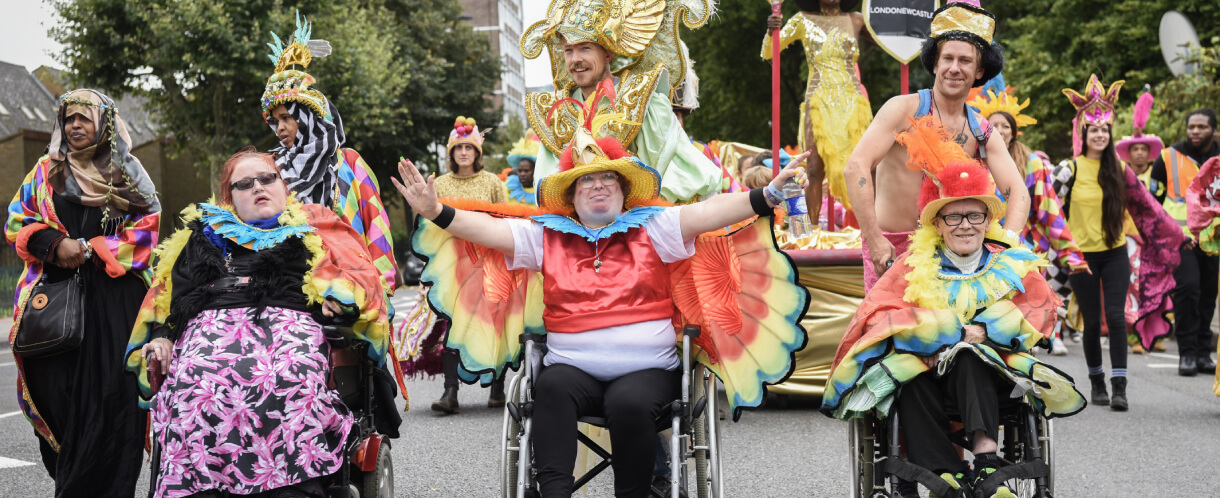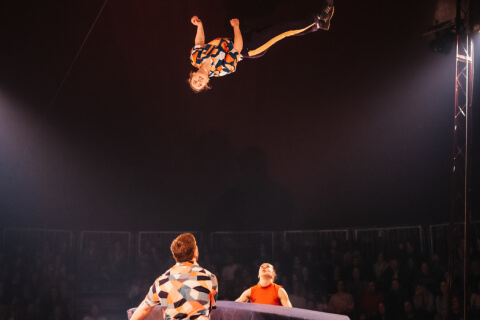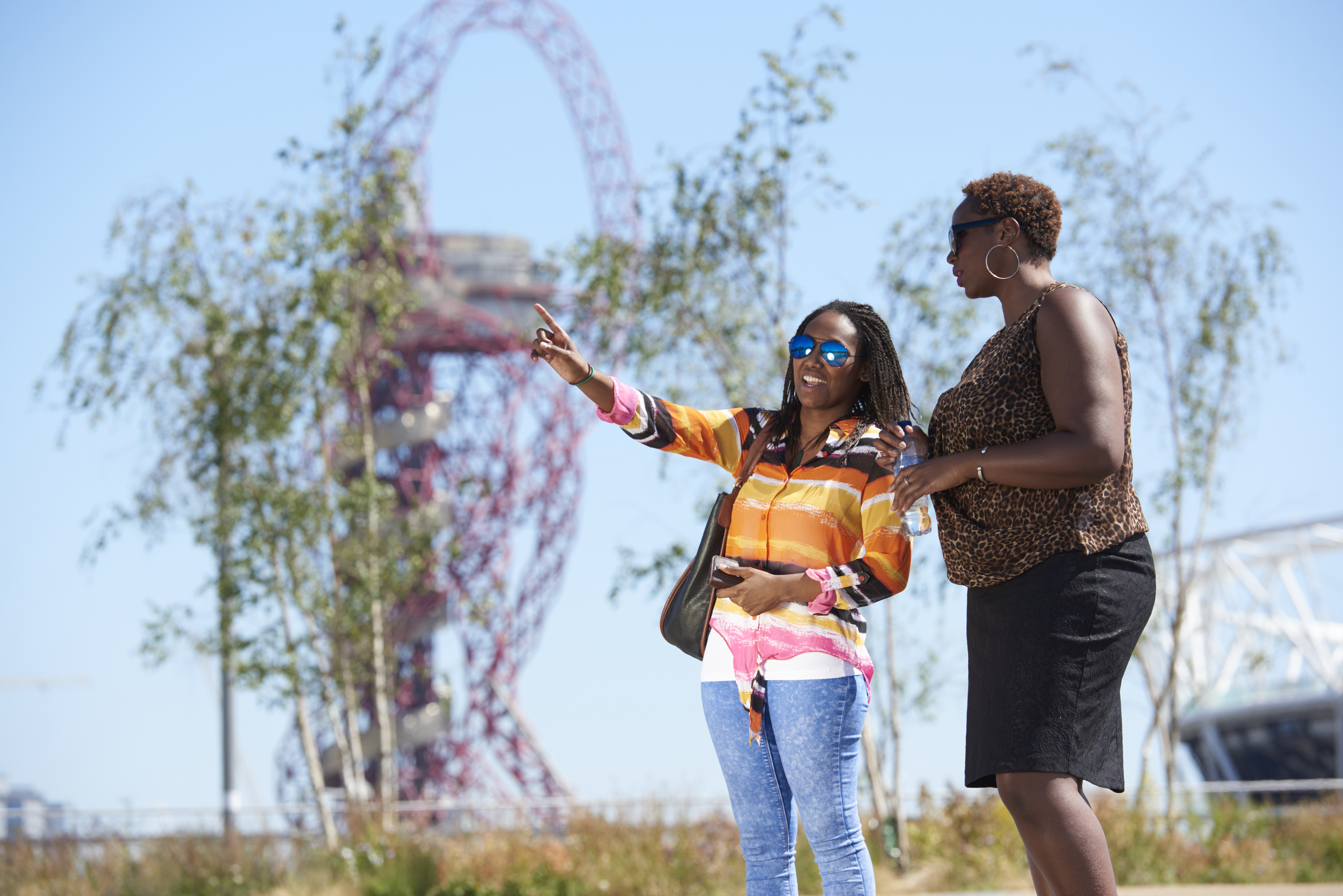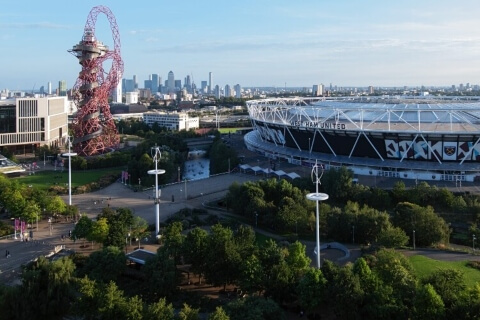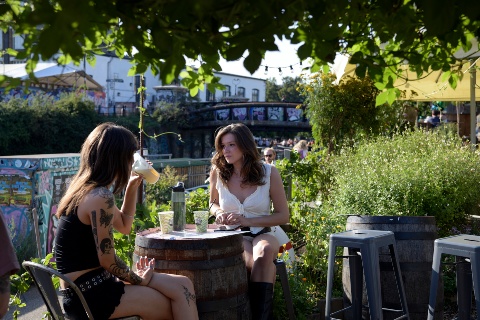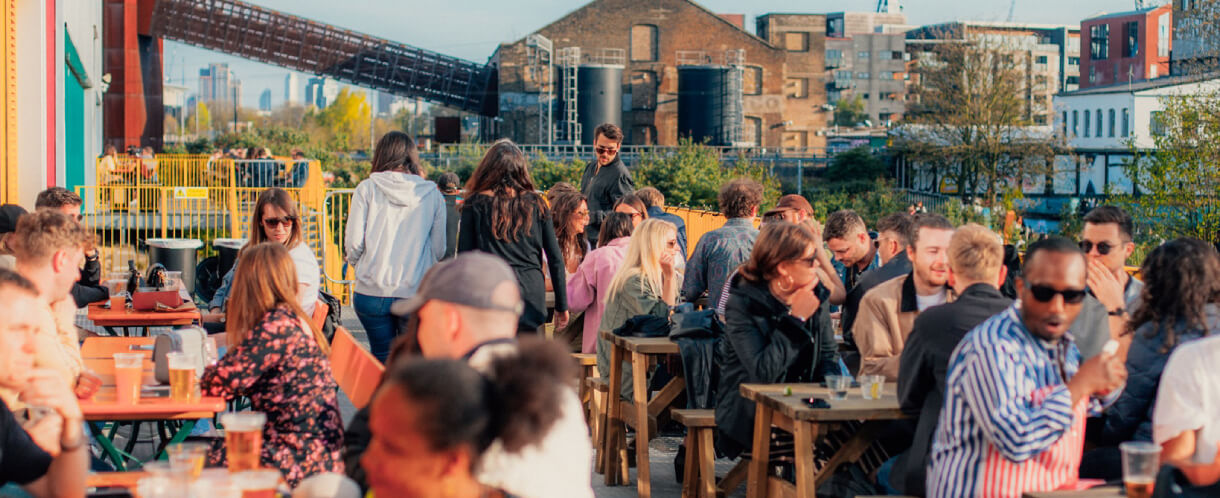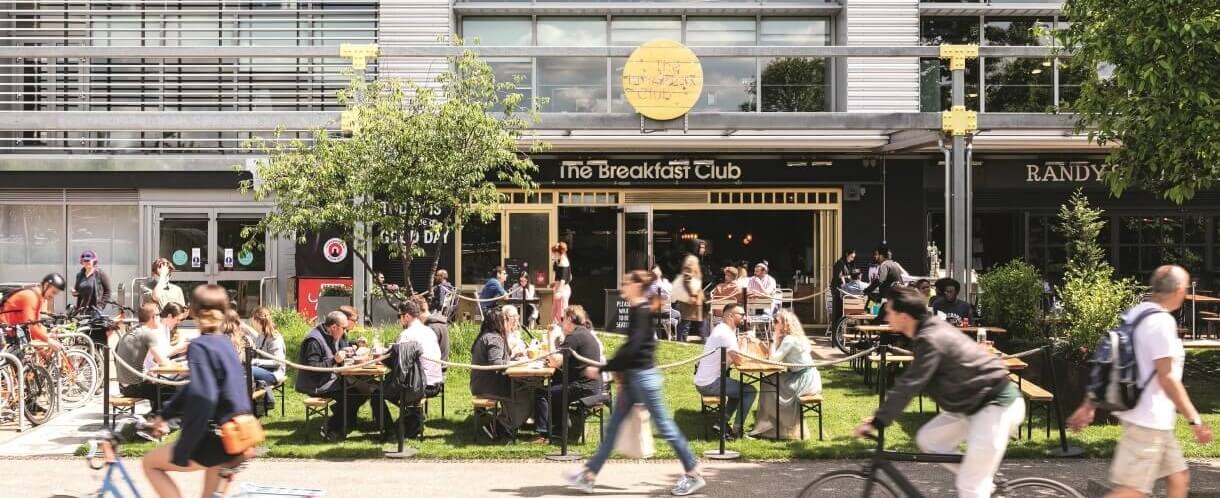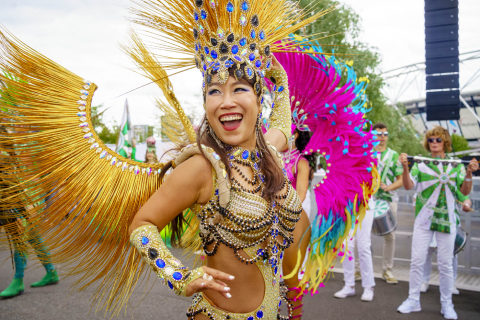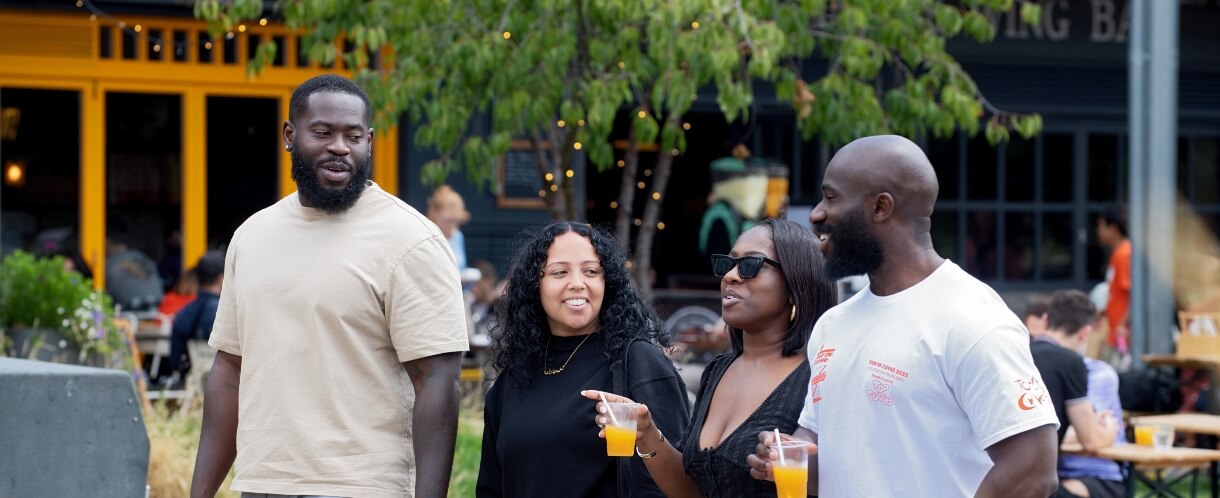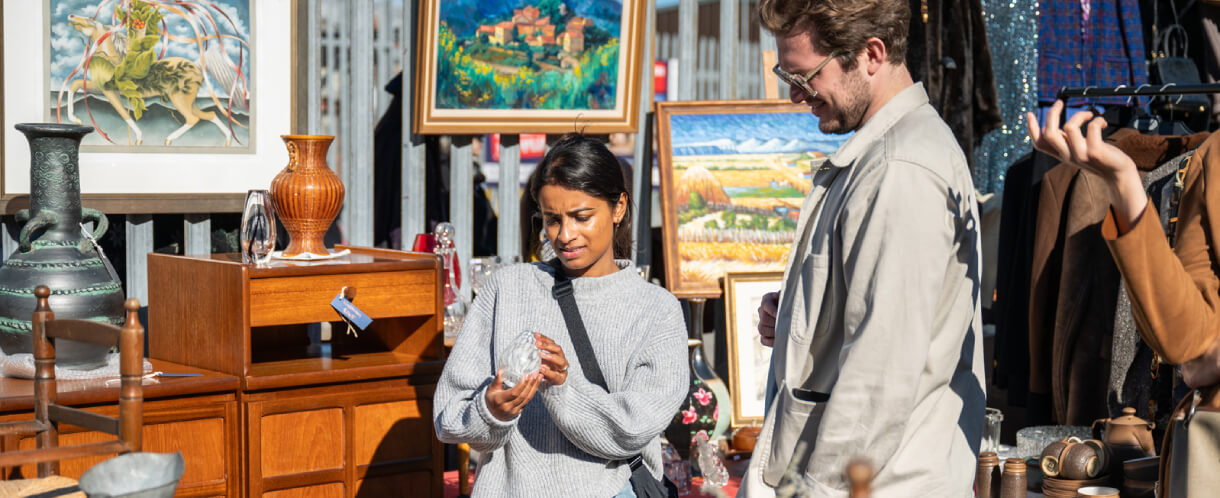
Popular Searches:
Keep up to date
Sign up today for exclusive offers and incredible experiences you won’t want to miss at Queen Elizabeth Olympic Park.
Sign up nowPudding Mill and Bridgewater Triangle
Built alongside the Greenway to the south of the Park and within a network of rivers and canals that flow towards the Thames, Pudding Mill will connect with the existing fabric of the local area, with new community facilities, employment spaces and retail units creating a location where people will want to live and work.
About
Pudding Mill is one of five new neighbourhoods on the Park. Pudding Mill is comprised of two sites – Pudding Mill Lane and Bridgewater Triangle – which together will deliver around 1,500 new homes and workspace for around 2,000 people.
Plans for Pudding Mill include new homes to meet the needs of families, a new neighbourhood centre around Pudding Mill Lane DLR station, creation of new workspace and improving connections between Queen Elizabeth Olympic Park to Stratford High Street and beyond.
Pudding Mill Lane
Pudding Mill Lane will be a thriving walkable new neighbourhood centre with approximately 900 apartments, townhouses and maisonettes designed to suit families. It will see the creation of a new neighbourhood centre around the DLR station and will include significant workspace delivering a jobs, retail and community uses.
It will be a diverse neighbourhood which attracts and meets the needs of people at different stages of their life providing them with well-designed and spacious homes, and provides fantastic views and access to the Park and the rest of London.
Bridgewater Triangle
Bridgewater Triangle is an island site and will be a beautiful new riverside residential community. It will provide approximately 600 homes on the southern edge of the world-famous Queen Elizabeth Olympic Park, with waterfront homes and apartments knitted into this special setting. The new university campus acclaimed UCL East and the iconic London Aquatics Centre and London Stadium are its immediate neighbours. East Bank, the offices of International Quarter London and the shops at Westfield Stratford City are only 10 minutes away. At the cross roads of Stratford High Street and the Greenway and enveloped by Waterworks River, it is a place of sanctuary where residents can relax in a peaceful setting, but know they are never far from the global attractions of Stratford.
See below for how you can find out more about how you can get involved in the consultation process.
Get Involved
During the London 2012 Olympic and Paralympic Games
Though not often glimpsed by the public during the Games, for a very special group of people this was one of the most important parts of the experience: the athletes. Whether using the warm-up track or waiting to enter the Stadium to compete, this is where the physiotherapists, doctors, trainers and all the essential elements an elite athlete needs to perform were found.
Other parts of Pudding Mill were used during the Games for transport, storage and other important ‘behind the scenes’ uses.
History of the area
The River Lea and the canals and navigations that were created from it to serve industry in the area flow through Pudding Mill, dividing the area into islands connected by road and foot bridges. As you can imagine, these waterways have been an important part of the identity of the area.
The River Lea has for centuries been a means of access for our ancestors and this area was once the site of a main crossing to the area known as Queen Mathilda's Causeway. Built around AD 1110, it linked the settlements at Bow and Stratford on opposite sides of the valley. It was apparently requested by Matilda, wife of King Henry I, as the old Roman crossing had become unsafe.
The River Lea and its waterways have always been important to this area as for centuries several watermills were located here. An eclectic area of activity, businesses were located on Stratford High Street between Marshgate Lane Lock and Bow Bridge, and included Thomas Frye's Bow Porcelain works founded in the 1740s, one of the first in Britain.
One of the more interesting local industries to pop up in the second half of the 19th century was a business that supplied live pig bristles for the making of brooms and brushes!
